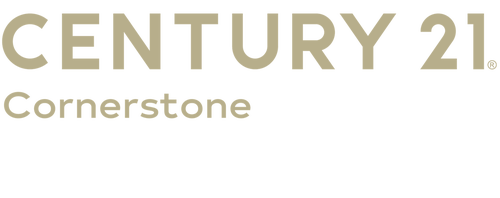A new year is full of promise and a fresh start. If you need to get a budget figured out, now is the best time to put a plan in place.
To start, you need to calculate your income, not just the paycheck from your job but any other source of money coming in. If you have any automated deductions for insurance, 401(k) or anything else, include it in your income.
Next you need to really figure out your spending habits. If you tend to use your debit card instead of cash, look through your bank statements and start categorizing everything you spend money on. Of course, you’ll have your typical expenses for housing, utilities, and groceries but don’t forget about those purchases you make because it’s something you really want. Whether that means a pastry and latte every Friday morning or season tickets to the ballet. One common budgeting mistake is that people go too strict and leave little to nothing for fun money. That’s not sustainable in the long run.
Plan for all those unexpected expenses. If you take your income and pay your bills you should have X amount left over, but if you are spending all that leftover money every single month, you’re not leaving any room for any unpredictable expenses. Some expenses that come up infrequently that you can plan for include things such as car maintenance or holiday shopping. Others such as an appliance breakdown, health problem, or other situations you can’t always plan for.
Once you have a good idea of what your income and expenses are, you can divvy up things into Needs, Wants, and Savings. Your Needs are things that you need to keep you alive and healthy. Housing, medicines, food, transportation, parking fees, clothing, etc. Your Needs may take most of the money you bring in, but if you have any left over you can designate that into Wants and Savings.
Perhaps most importantly is to hold yourself accountable. Use a budget planner, an app, or any other method that is going to help keep you on track. It’s okay to try different strategies until you find what works best for you.


 Facebook
Facebook
 X
X
 Pinterest
Pinterest
 Copy Link
Copy Link


